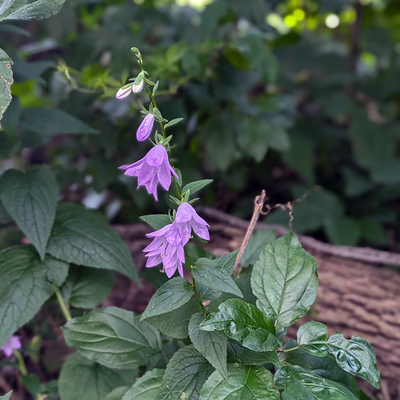We'll remind you of the stories that appear on this page and offer gardening tips throughout the season. We send to your email once a month — and maybe twice when the season is in full swing!
Want to be alerted when new articles are published? Sign up for Yard & Garden News.
Creeping bellflower is an invasive perennial plant that outcompetes other species and requires dedicated removal efforts. It's been thriving lately as it survived the drought and loves the rain.
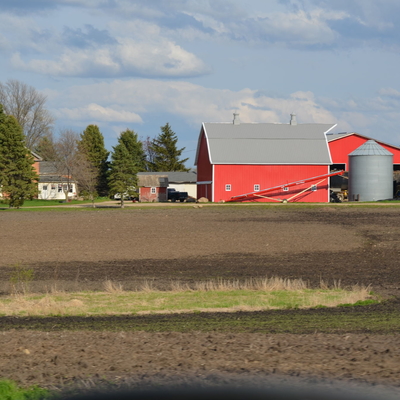
The 2024 families honored cover a wide spectrum of farming, from traditional crops and livestock to community-based ventures and operations producing a wide range of fruit, vegetables and flowers. They were chosen based on their demonstrated commitment to enhancing and supporting agriculture.
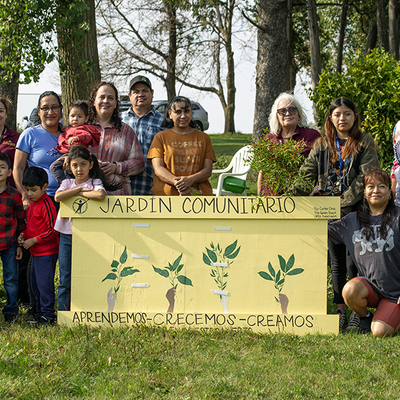
Extension’s “Garden in a Box” program gives Latino families opportunities for growth and learning in the garden and in their personal lives.
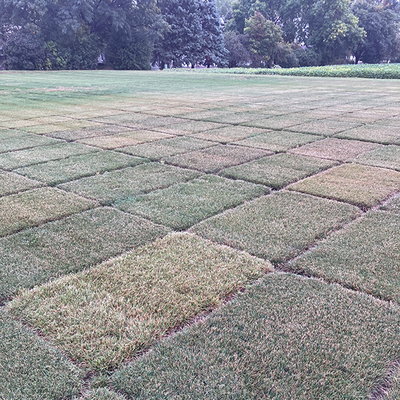
Turf is experiencing multiple threats from weeds and fungal diseases. Lowering your lawn's stress may lower your own.
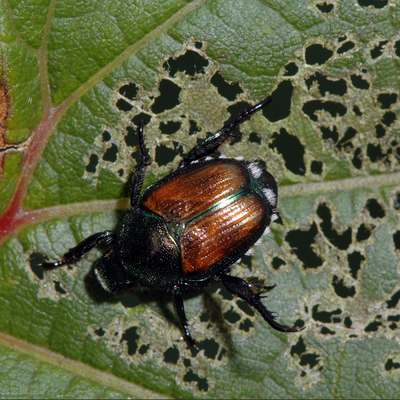
In the last week, southeast Minnesota and the metro reported the first Japanese beetles of the season. Populations will continue to grow then taper off in August. Time to refresh yourself on dealing with this insect.
You may have gaps in your vegetable garden for a few reasons. There’s still plenty of time to plant a wide variety of things.
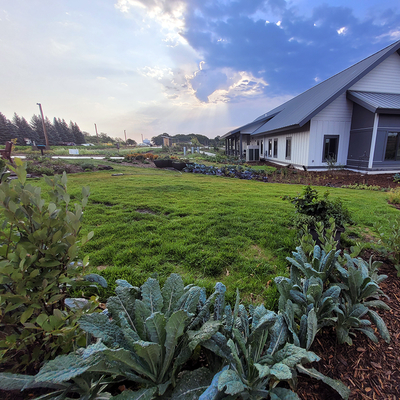
New program series at the Arb, Grow. Harvest. Eat., focuses on expanding your salad (and other food plant) horizons.

Hungry animals are just a symptom of your dug-up lawn’s actual problem: white grubs.

What do Firecracker dwarf sunflower, Emerald Tower basil, Amazing cauliflower and Sugar Ann snap peas have in common? They’re all varieties that won first place in the U of M Extension Master Gardener seed trials.
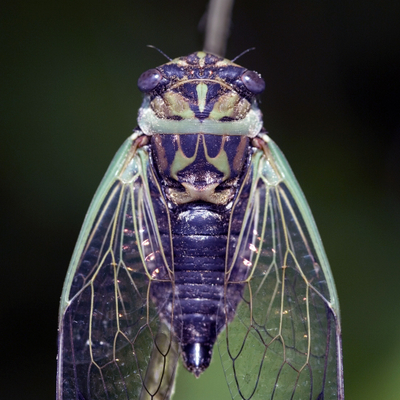
Parts of the country are set to see the emergence of high numbers of cicadas. What’s all the buzz about, and should Minnesotans be investing in earplugs?
Get the Yard and Garden newsletter
Permission is granted to news media to republish our news articles with credit to University of Minnesota Extension. Images also may be republished; please check for specific photographer credits or limited use restrictions in the photo title.


